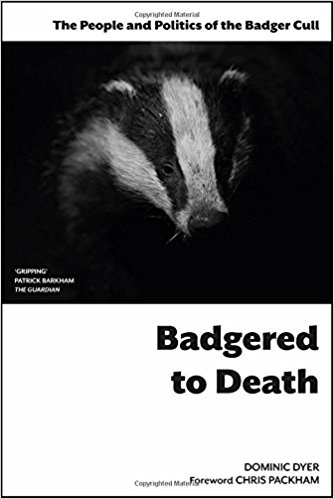 |
Traffic and Logistics

18 December 2003 - Swedish University of Agricultural Sciences
Hundreds of thousands of animals are killed in traffic
every year. The threat traffic represents to badgers is
greater than was previously known. A new dissertation at the
Swedish University of Agricultural Sciences (SLU) illuminates
the conflict between traffic and animals in Sweden and
provides models that predict the risk of accidents involving
wild animals.
It is only in recent years that the
impact of traffic on animal populations has been taken
seriously. Today increasing traffic is regarded as a
considerable threat to biological diversity in the world. In
his dissertation, Andreas Seiler, Department of Conservation
Biology, Grimsö Research Station, SLU, presents a new picture
of traffic mortality among some common Swedish mammals.
For most animal populations in Sweden, traffic does
not constitute a serious threat to the species, despite high
numbers of traffic deaths per year. For badgers, on the other
hand, the situation is different: estimates indicate that
12-13 percent of the Swedish badger population dies on Swedish
roads every year. This is very close to the level that the
population can bear, assuming that pressures from hunting and
other mortality are constant. Andreas Seiler and his research
colleagues therefore recommend that greater attention be paid
to badgers in constructing and maintaining roads.
Following extensive research into the connections
between traffic, density of wild animal populations, the
make-up of the landscape, and the number of collisions between
cars and deer and moose reported to the police, Andreas Seiler
has developed models to predict the risk of moose accidents.
He has made use of remote analysis, landscape maps, and
statistics on traffic, roadways, and moose density (indicated
by hunting harvests). The models show that lower speed is the
single greatest contributing factor in bringing down the risk
of accidents.
A combination of lower speed limits and
fencing, possibly in combination with alternative passages for
animals and increased distance to adjacent woods, seems to be
the most effective measure to prevent moose collisions.
Preventing collisions between vehicles and especially moose,
but wild animals in general, requires a holistic approach that
involves road construction, property owners, and drivers.
For more information, please click the following link:
| Badgered to Death |
 |
Dom Dyer's polemic on the toxic mix of farming, lobbying and politics and how fake-science lead to badger culls in England. Click here to buy:
Paperback edition
|
| External News |
|
We have provided links to stories from external news
organisations so you can follow the media interest in badgers, and see who
writes on the subject. We do not endorse external authors. |
 |
|
